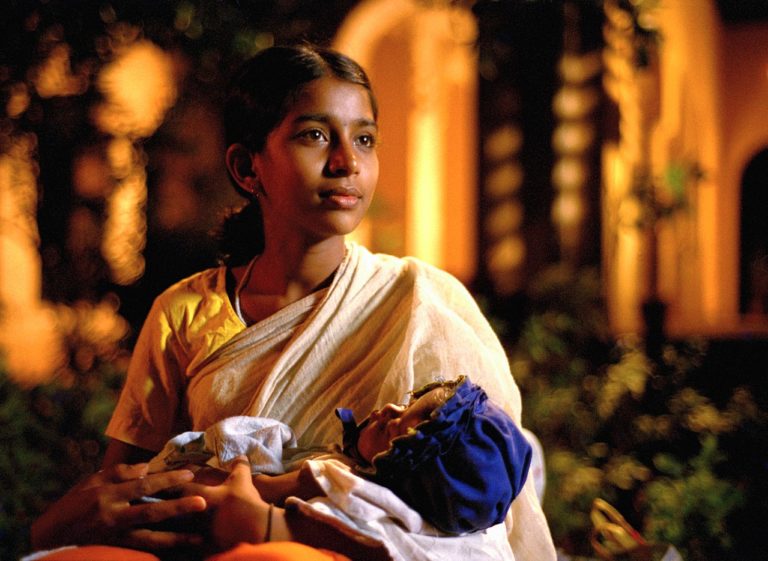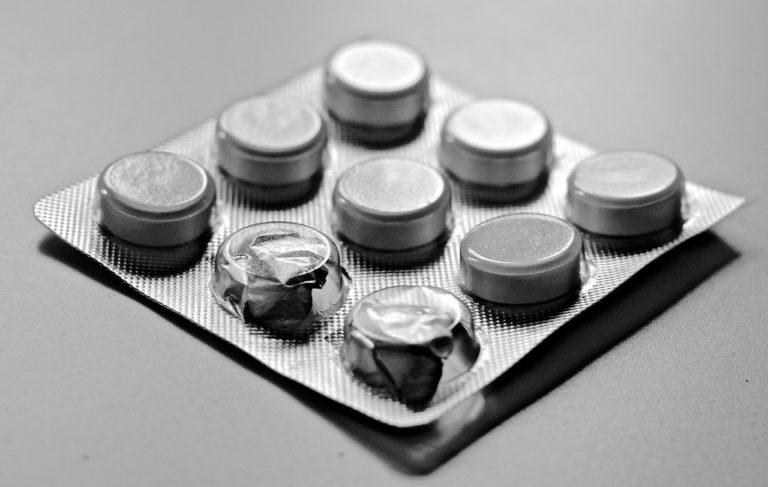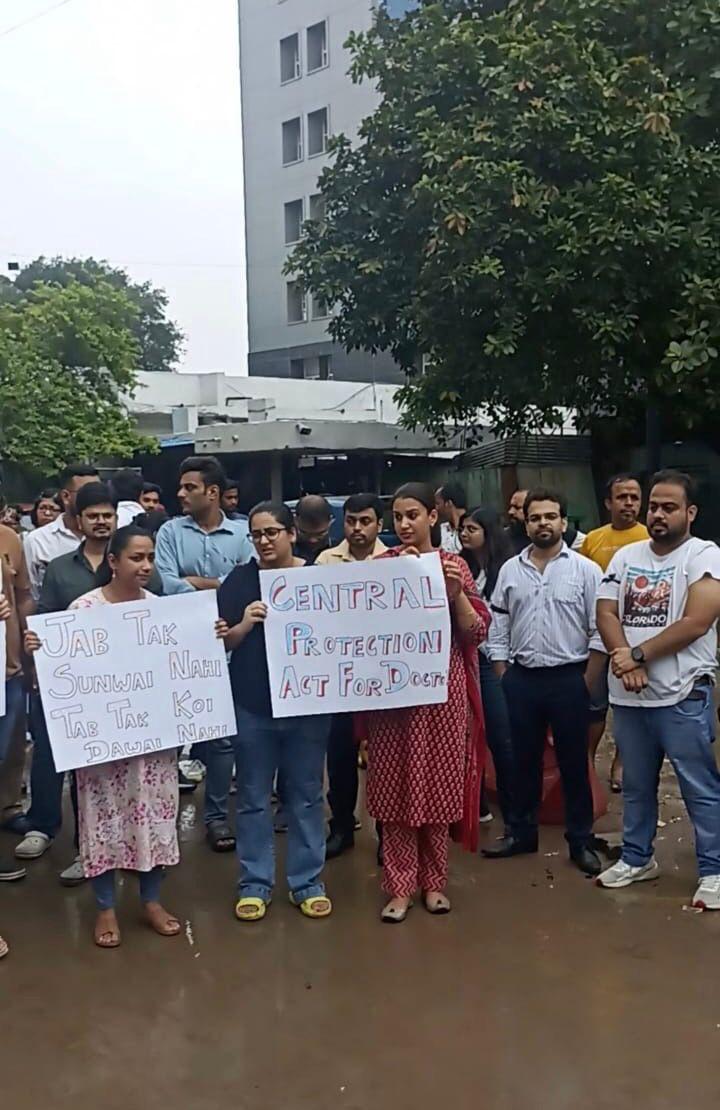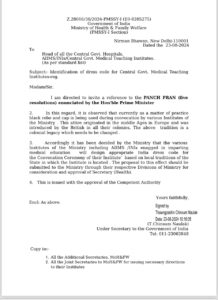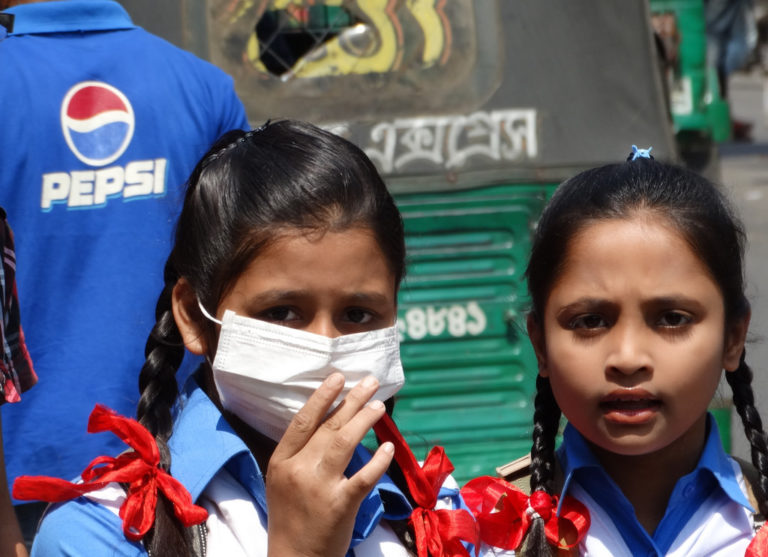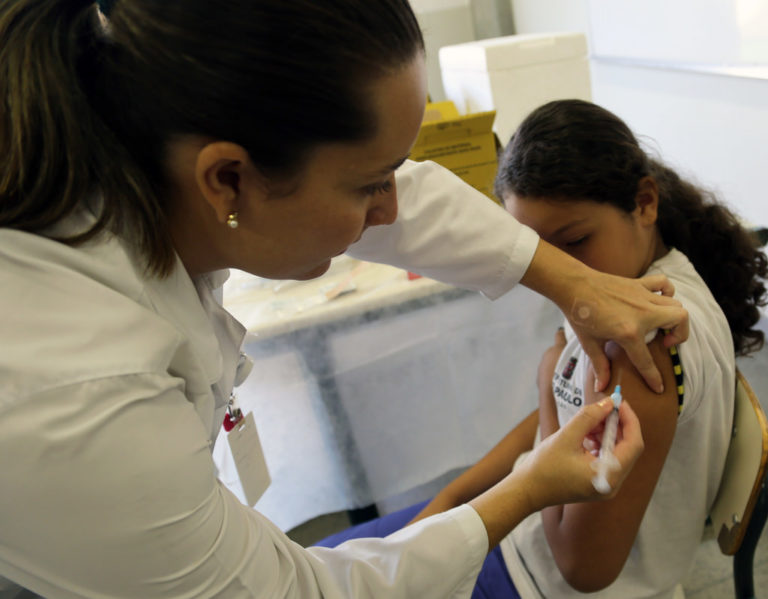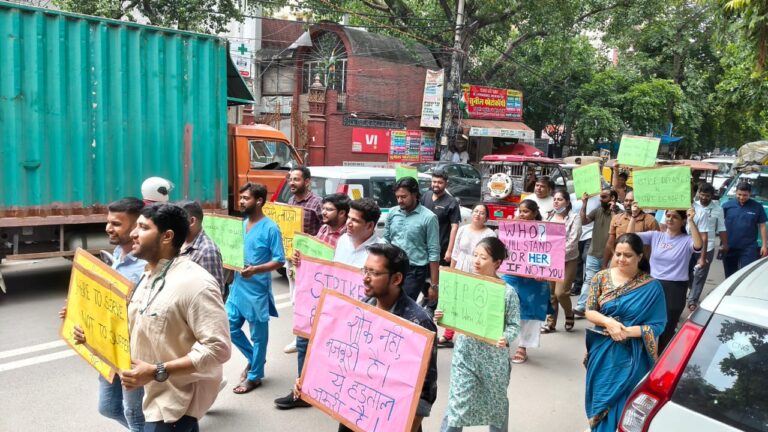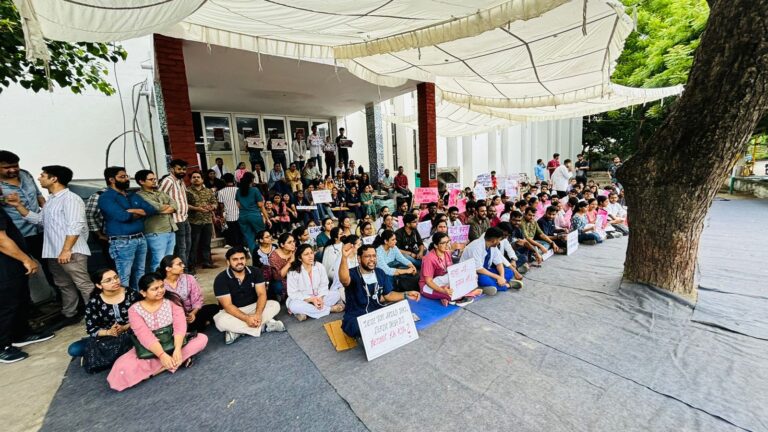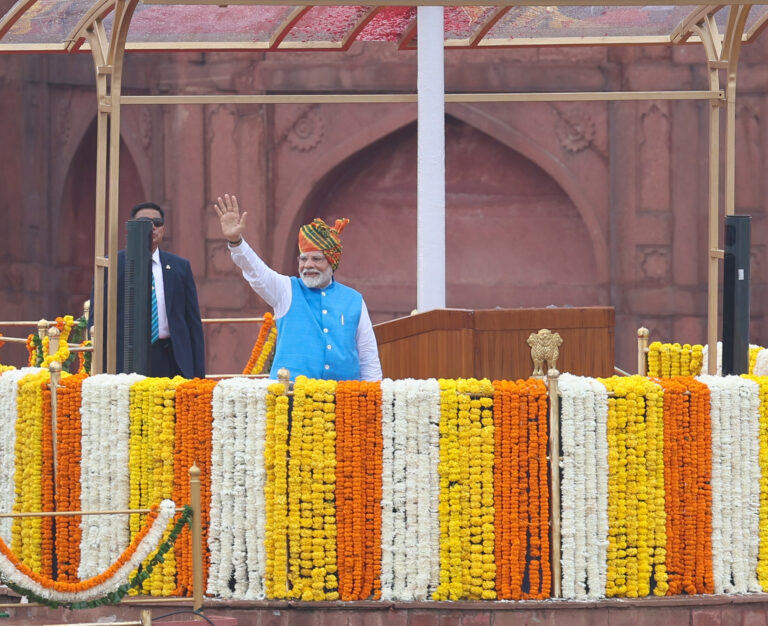The paper by researchers from Ohio State University says the scheme averted 60,000-70,000 infant deaths annually
Swachh Bharat Mission (SBM), has contributed significantly to reducing infant and under-five mortality rates across the country – averting 60,000 – 70,000 infant lives annually, researchers from Ohio State University have estimated in a paper published in Nature Scientific Reports.
The study analyzed data from 35 Indian states and 640 districts spanning a decade (2011-2020), focusing on infant mortality rate (IMR) and under-five mortality rate (U5MR) per thousand live births as the primary outcomes. “The post-SBM period in India exhibited accelerated reductions in infant and child mortality compared to the pre-SBM years. Based on our regression estimates, the provision of toilets at-scale may have contributed to averting approximately 60,000–70,000 infant deaths annually. Our findings show that the implementation of transformative sanitation programs can deliver population health benefits in low- and middle-income countries,” the researchers concluded.
Press Information Bureau which is the communications wing of the government of India, in a statement about the article said that over 117 million toilets have been constructed since 2014 with a public investment of over 1.4 lakh crore. India has the highest annual birth cohort in the world – about 25 million babies are born in India every year. It is also among the countries that have the highest number of baby deaths in the world. In 2022, India’s infant mortality rate was 25.5 deaths per 1,000 live births.
Swachh Bharat Mission was launched in 2014, with the mission to make India free of open defecation. The mission was among the very first launched by the then newly elected NDA government headed by prime minister Narendra Modi. This is not the first time that the scheme has been lauded for its public health benefits. The World Health Organisation reported 300,000 fewer diarrheal deaths in 2019 compared to 2014, directly attributable to improved sanitation. The period has also been marked by concomitant rises in vaccination rates across the country.


